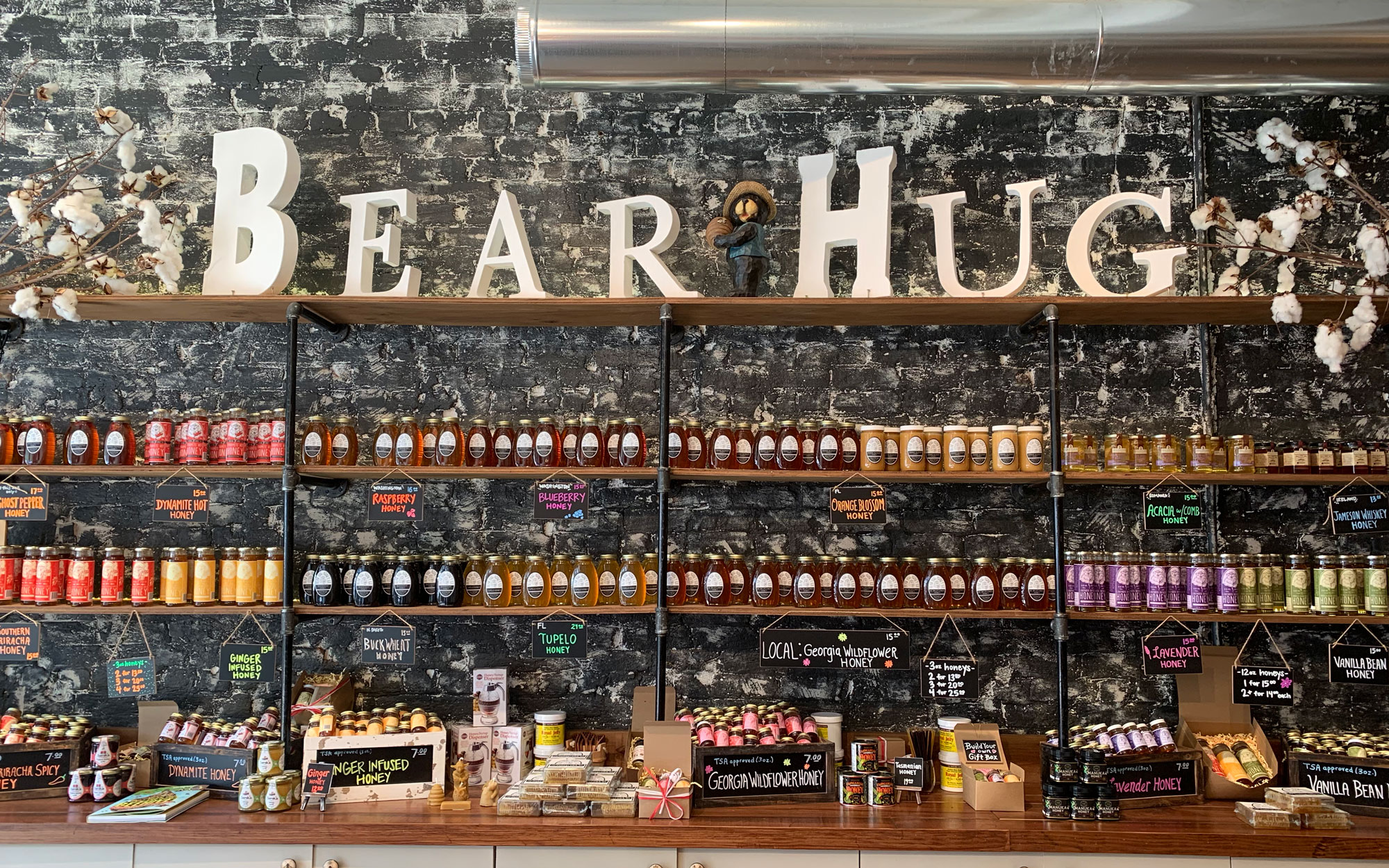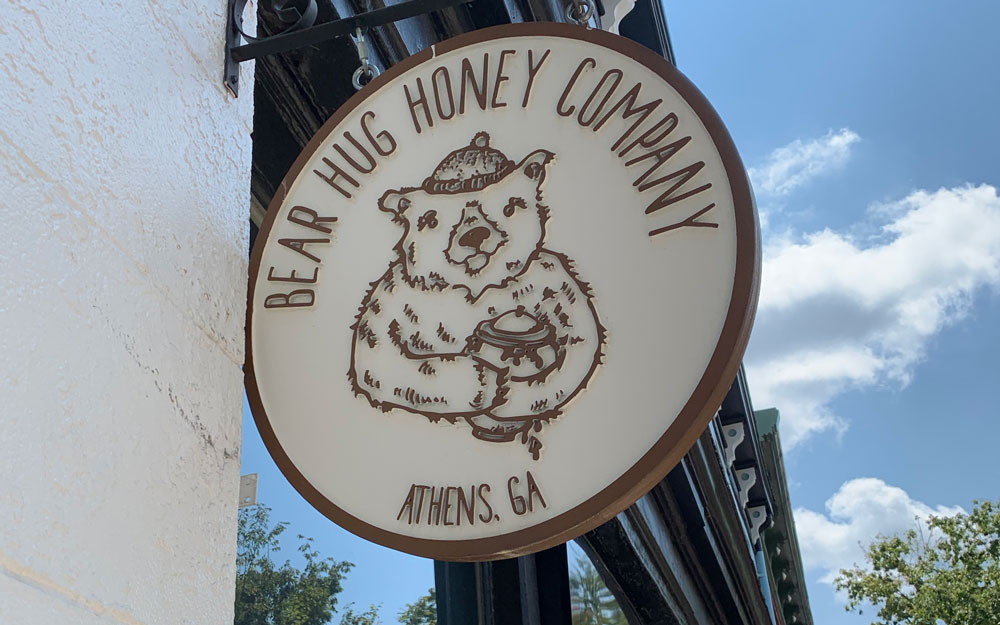3 Buzzworthy Bulldog 100 Businesses: Buckhead Beans, Rev Coffee Roasters, and Three Tree Coffee
Written by: Leigh Raynor Arndt
In Atlanta, Buckhead Beans is revitalizing office coffee. In Smyrna, Rev Coffee Roasters is bringing perfectly-roasted beans to the ’burbs. And in Statesboro, Three Tree Coffee Roasters is making a difference, one mug at a time. But what do these three game-changing coffee companies have in common?
They are all owned by Bulldogs. And they’re growing fast.
On Feb. 8, we’re celebrating Buckhead Beans, Rev Coffee Roasters, and Three Tree Coffee as 2020 Bulldog 100 businesses. Each year, Bulldog 100 recognizes the fastest-growing businesses owned or operated by University of Georgia alumni. Read on to learn more about the Bulldogs behind these exceptional companies.
(Spoiler: caffeine isn’t the only secret to their success.)
Buckhead Beans: Matt Ades (AB ’94, MED ’96) + Jeff Ramsey (BBA ’95)
What inspired UGA grads Matt Ades and Jeff Ramsey to start Buckhead Beans? Water cooler talk. In 2014, the college friends invested in an Atlanta-based vending company providing coffee to offices around the city. As they strategized how to revitalize the business, they asked around to see how people felt about the coffee at work. Across the board, the response was the same: yuck.
“Matt and I recognized a movement in Atlanta like craft beer, but with coffee,” said Jeff. “New cool shops were opening across the city. We knew there was good coffee here. But we also knew that a lot of businesses were stuck in the ’80s with subpar office coffee.”
So, Jeff and Matt decided to connect the dots. They started with one van and one local roaster. Today, Buckhead Beans has grown to 10 vans and partnerships with 10 roasters, including Counter Culture, Batdorf and Bronson, and Beanealogy. And one of their top roasters is fellow Bulldog-owned business Rev Coffee Roasters (more on them next!). Inspired by these coffee connoisseurs, Buckhead Beans is now perfecting its own roasting techniques.
Buckhead Beans has rid stale coffee from the breakrooms of more than 300 Atlanta businesses. And relationships that Jeff and Matt formed at UGA have proved vital to this expansion. Jeff shows his continued appreciation for his alma mater through a perfect attendance record. In 26 years, he’s yet to miss a Bulldog home game!
Rev Coffee Roasters: Jenn Holt Bimmerle (AB ’02)
As co-founders of Rev Coffee Roasters, alumna Jenn Holt Bimmerle and her husband, Nick, make the perfect team. Jenn likes a white mocha, while Nick drinks his coffee black. Together, they make sure that Rev is a place for every coffee drinker, where everyone gets what they want. And whether you are a purist or you like a dollop of whipped cream, your order will be bolstered by the best beans around.
Jenn and Nick opened Rev in 2008. From the start, their goal went beyond bringing a better cup of coffee to Smyrna. They wanted to embrace the suburbs by creating a cool, community space where neighbors could connect. It’s safe to say they’ve stolen some attention away from Atlanta. This is Rev’s fourth year as a Bulldog 100 business.
“Rev is like Cheers. A non-alcoholic Cheers,” said Jenn. “It’s just a happy place. Everyone is well-caffeinated. Everyone’s in a good mood. When you walk in, you feel comfortable. It feels like home.”
Looking for new ways to celebrate the people that make Smyrna unique, Jenn and her husband started Rev Fest in 2010. The festival brought together local artists, craftspeople, musicians, and coffee lovers for an all-day party. The first Rev Fest was so successful that it is now a bi-annual event.
“A big part of our success is that customers became friends, who then became family,” said Jenn. “When I think of that, I always feel like we’ve done something right.”
Three Tree Coffee Roasters: Philip Klayman (BSA ’11)
As an agricultural economics major at UGA, Philip Klayman not only gained the knowledge he needed to start his own company, but he also found his partner. Philip met his wife, Anna (AB ’11), in Athens. Today, they own Three Tree Coffee Roasters in Anna’s hometown of Statesboro.
The Klaymans’ entrepreneurial drive started with their love of coffee. Devoted drinkers, they began by roasting beans in their backyard. Their hobby grew, and they were soon selling at farmer’s markets. But the Klaymans enjoyed coffee for more than its taste and aroma. They appreciate the community it inspires. Eager to share their passion with others, they opened Three Tree Coffee in 2014.
“Walls come down in coffee shops,” said Philip. “There are not many cultures like coffee culture. It brings diverse people together. Barriers come down, and we recognize our similarities.”
Three Tree’s mission goes beyond serving delicious coffee (like a pour-over made with beans from Limmu, Ethiopia, Philip’s current go-to). The Klaymans are dedicated to using their coffee as a “catalyst for change.” To empower farmers, they only use certified Fair-Trade USA beans and teas. And the shop raises funds for organizations fighting to end human trafficking.
Furthermore, Philip is determined to extend the close-knit community that Three Tree has formed in Statesboro around the globe. By establishing direct partnerships in Mexico, Costa Rica, and Ethiopia, he guarantees that Three Tree only serves coffee and tea from farms that are paid fair wages and use sustainable methods.
“I like to meet with our farmers face to face,” said Philip. “It allows me to develop a better understanding of their challenges so that I can be a solution.”
Check out the full 2020 Bulldog 100 list to learn about more alumni-owned businesses and ways to support fellow Bulldogs.

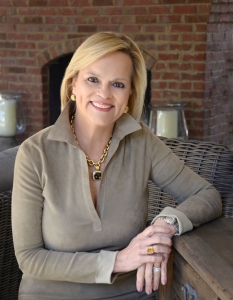
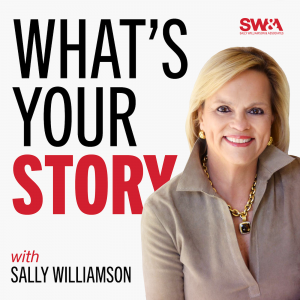
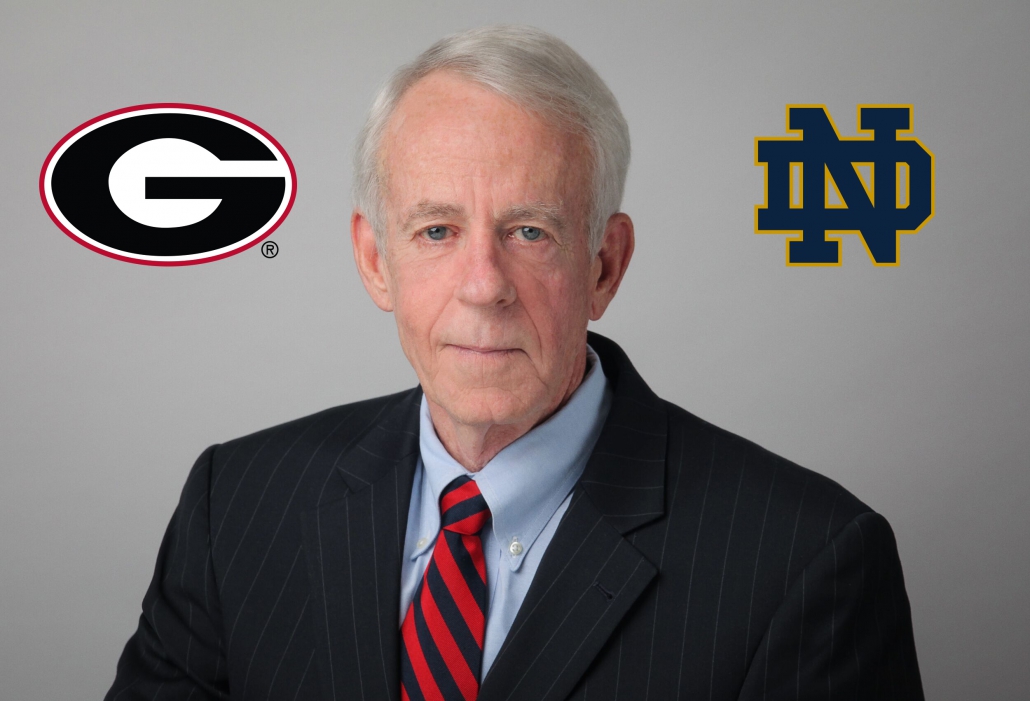
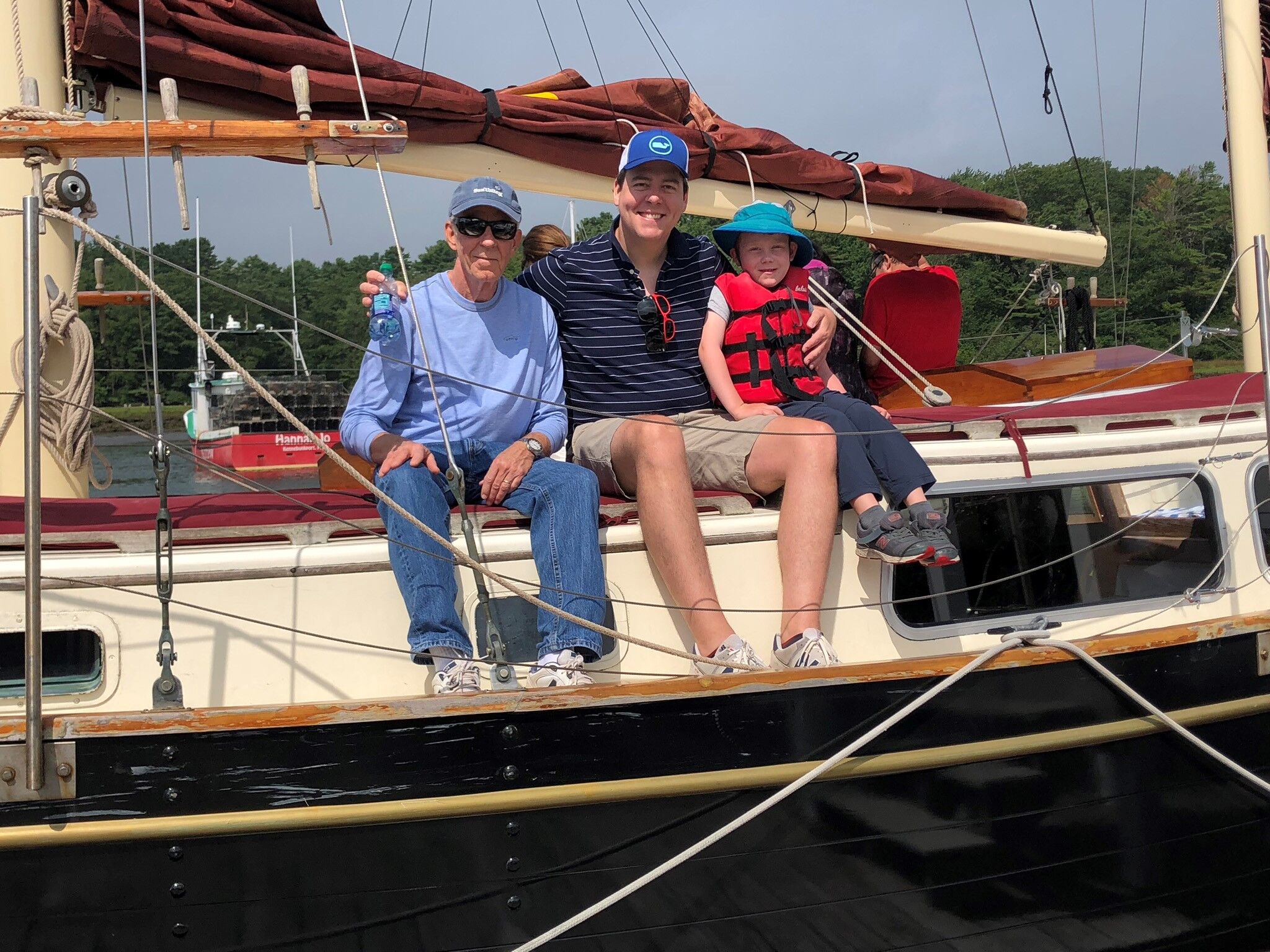
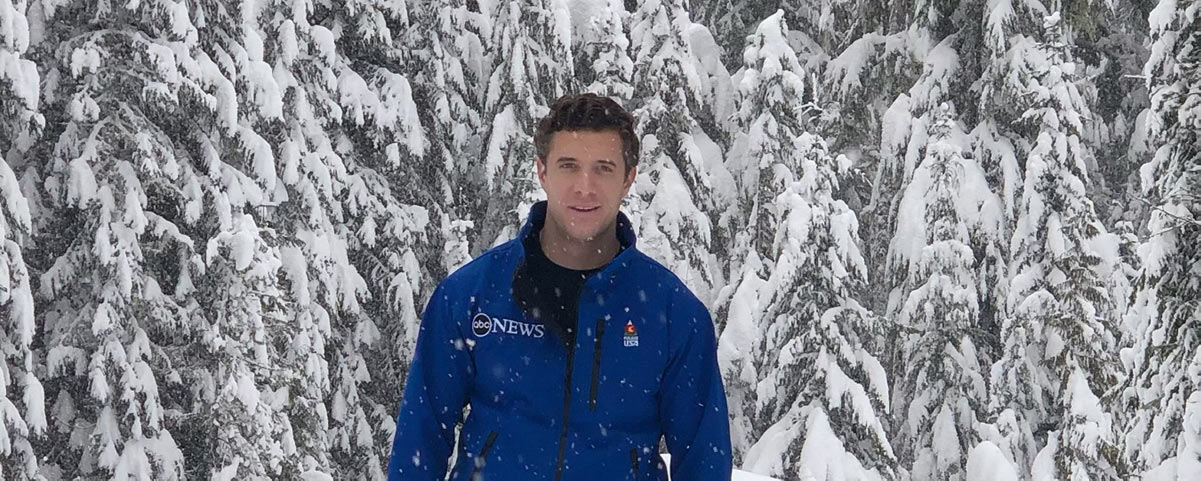 What has been your career path since graduating from UGA?
What has been your career path since graduating from UGA?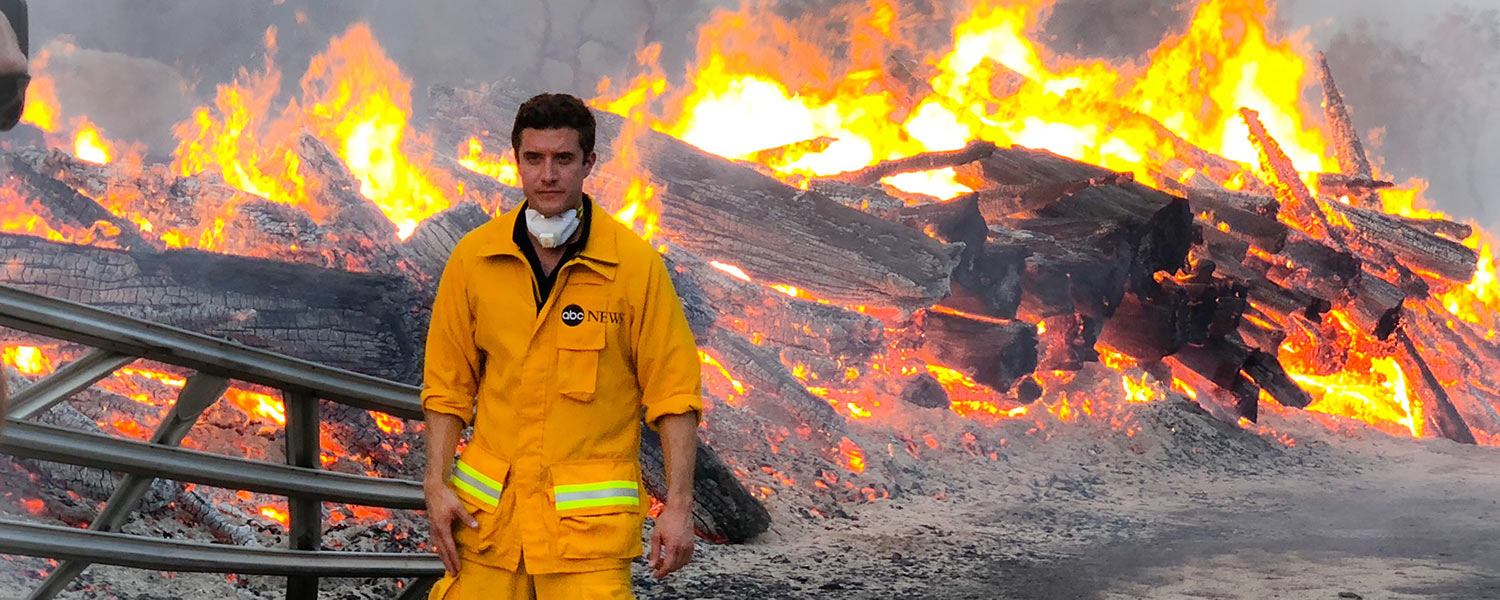 How do you stay prepared to travel and break a story?
How do you stay prepared to travel and break a story?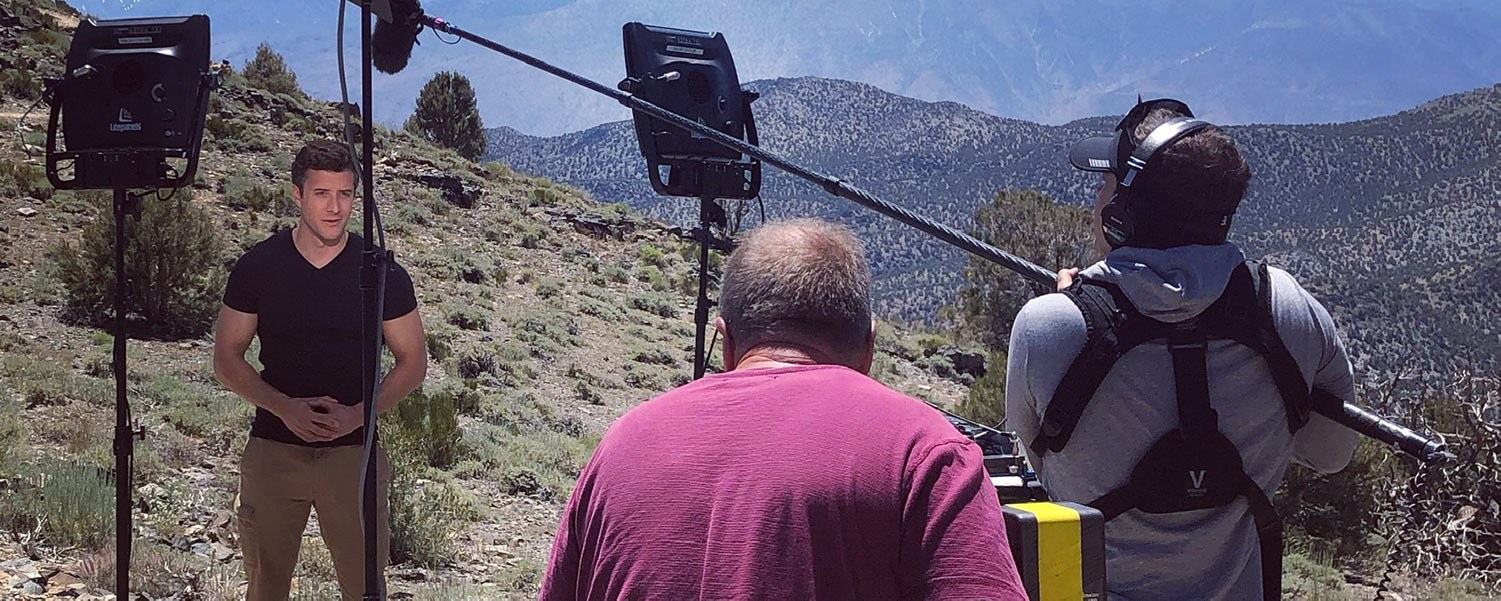 Do you have any other favorite UGA memories?
Do you have any other favorite UGA memories?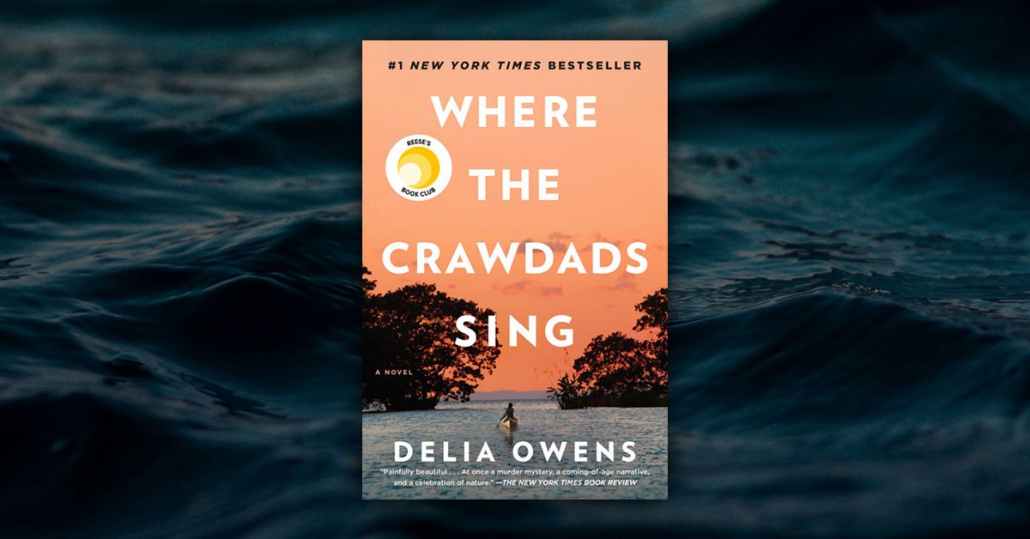
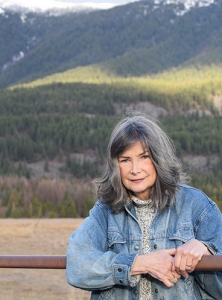 Owens’s debut novel,
Owens’s debut novel, 

